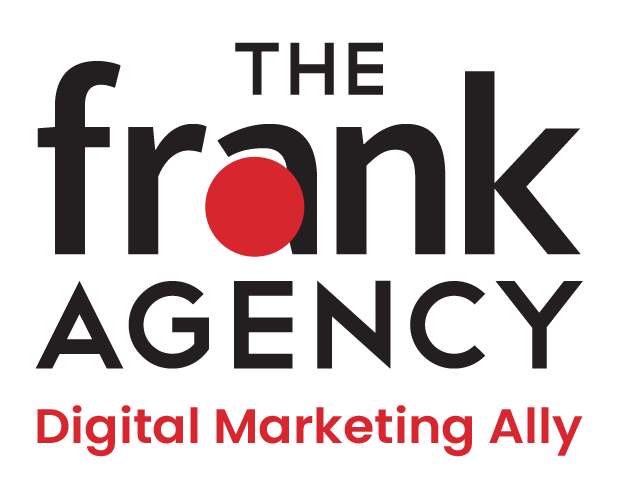What is a Landing Page?
A landing page is a powerful tool in the world of digital marketing. It serves as a dedicated web page designed to capture the attention of visitors and guide them towards a specific action or conversion. Landing pages are strategically crafted to deliver relevant and compelling information that motivates visitors to take the desired action, such as making a purchase, signing up for a newsletter, or downloading a resource.
Purpose and Benefits of Landing Pages:
The primary purpose of a landing page is to increase conversions and generate leads. By presenting visitors with a focused message and a clear call-to-action (CTA), landing pages provide a streamlined user experience that minimizes distractions and encourages immediate action. Unlike other webpages that serve multiple purposes, landing pages are designed with a singular objective in mind, driving higher conversion rates.
Landing pages offer several benefits:
- Targeted Marketing: Landing pages enable businesses to tailor their message and offerings to specific segments of their audience. By aligning the content of the landing page with the source of traffic (such as a specific ad or email campaign), companies can create a more personalized and relevant experience for visitors.
- Improved Conversion Rates: With a clear and focused CTA, landing pages can significantly boost conversion rates. By removing distractions and providing persuasive content, landing pages guide visitors through a defined sales funnel, increasing the likelihood of completing the desired action.
- Data Collection and Insights: Landing pages often include forms or interactive elements that allow businesses to collect valuable customer information. This data can be used for further marketing efforts, segmentation, and understanding customer preferences, leading to more targeted and effective campaigns.
Key Elements of an Effective Landing Page:
To create a high-performing landing page, certain key elements should be considered:
- Compelling Headline: A captivating headline instantly grabs the attention of visitors and conveys the unique value proposition or benefit they’ll gain by taking action.
- Engaging Content: The content on a landing page should be concise, persuasive, and highlight the key benefits or features to entice visitors to convert. It should address their pain points and clearly communicate how the offer or product solves their problems.
- Eye-catching Visuals: Supporting visuals, such as images or videos, can help convey information more effectively and enhance the overall appeal of the landing page.
- Strong Call-to-Action (CTA): A clear and compelling CTA button should stand out prominently on the page, guiding visitors towards the desired action. The CTA should use action-oriented language and convey a sense of urgency if appropriate.
- Minimal Distractions: Landing pages should have a clean and clutter-free design, minimizing distractions that could lead visitors away from the intended action. Unnecessary navigation menus or external links should be avoided.
- Trust Indicators: Including trust indicators such as testimonials, customer reviews, security badges, or satisfaction guarantees can help instill confidence in visitors and alleviate any concerns they may have.
- Mobile Responsiveness: Given the prevalence of mobile devices, ensuring that the landing page is optimized for mobile browsing is crucial. Mobile responsiveness improves user experience and allows visitors to easily navigate and convert regardless of the device they’re using.


